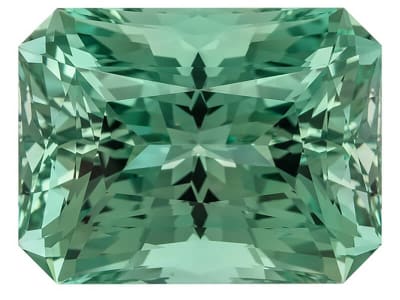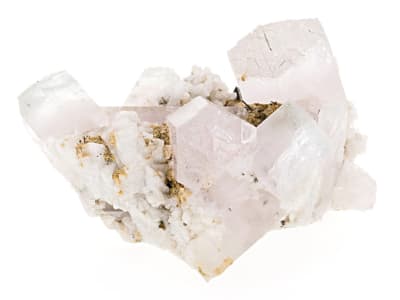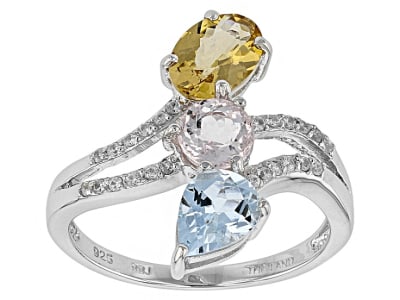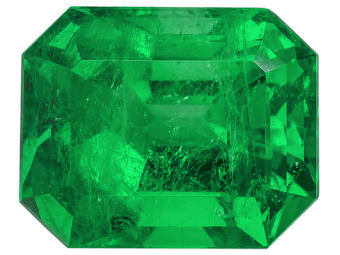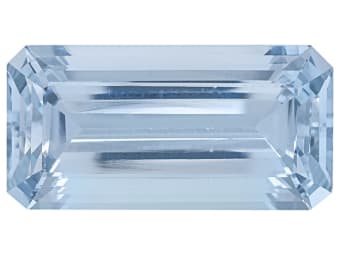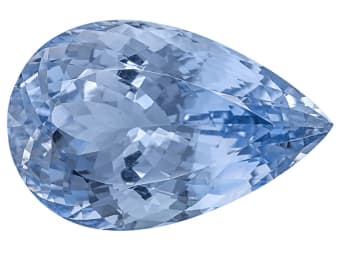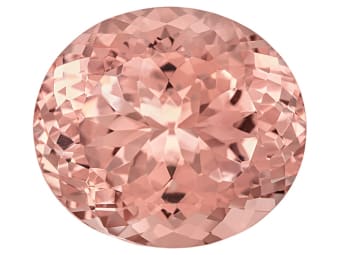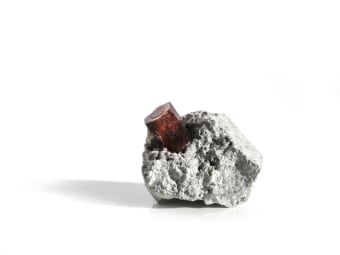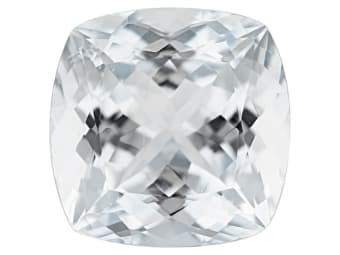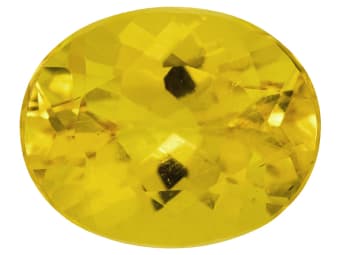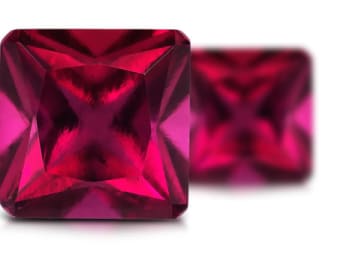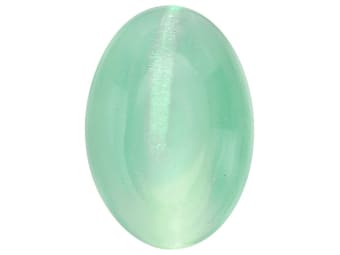The name beryl is derived from the ancient Greek term for the same gem, beryllos; also the etymology for the element beryllium that is part of its chemistry. Some scholars believe the word beryl is related to the ancient trading city of Belur or perhaps has ancient Indian origins (being derived from the old Hindi word velurya or the Sanskrit word vaidurya). Varieties include emerald, bixbite (red beryl), morganite, aquamarine, heliodor (golden beryl) and goshenite.
General Information
Tolerance:(+0.017/-0.017)
LWUV: Inert
Beryl Colors
-
 Blue
Blue -
 Blue
Blue -
 Brown
Brown -
 Colorless
Colorless -
 Green
Green -
 Green
Green -
 Multi-color
Multi-color -
 White
White -
 Yellow
Yellow -
 Yellow
Yellow
Beryl Spectra
We acknowledge the significant scientific contributions of John S Harris, FGA to the study of gemstone spectra and with deep appreciation to him, acknowledges the use of his images and related notes about gemstones and their spectra in the educational materials on this website.
Countries of Origin
Benin; Myanmar; Angola; Cambodia; Sudan; Kazakhstan; Paraguay; Portugal; Bosnia And Herzegovina; Greece; Austria; Mongolia; Mozambique; Korea (the Republic of); Morocco; Unknown; Brazil; Slovenia; Chile; Nepal; Colombia; Argentina; Iran (Islamic Republic of); Hungary; Isle of Man; Japan; Ukraine; Zambia; Taiwan (Province of China); Bolivia (Plurinational State of); India; New Zealand; Canada; Turkey; Belgium; Namibia; Finland; Italy; South Africa; Antarctica; Peru; Ethiopia; Germany; Tanzania, United Republic Of; Afghanistan; Burundi; Russian Federation; Viet Nam; Czechia; United States of America; Egypt; Chad; Somalia; Madagascar; Thailand; United Kingdom of Great Britain and Northern Ireland; Sweden; Pakistan; Malawi; China; Ireland; Poland; Slovakia; Bulgaria; France; Nigeria; Serbia; Kyrgyzstan; Cote D'Ivoire; Bhutan; Romania; Niger; Sri Lanka; Rwanda; Uzbekistan; Kenya; Switzerland; Spain; Mauritania; Norway; Swaziland; Congo (the Democratic Republic of the); Mexico; Uganda; Zimbabwe; Australia; Greenland; Tajikistan
History
The beryl family is one of the most prestigious families of gemstones, claiming treasures like the emerald, aquamarine and morganite. It could be considered "gemstone royalty" for its many-colored member stones. Each beryl gemstone has its own place in the jewelry world, and each has its own story to tell.
Species/Variety
Emerald
Emerald is a beryl that owes its color to trace amounts of chromium or vanadium (or both) and, sometimes iron. Stones must have sufficient tone and saturation to be considered emerald.
Green Beryl
Green beryl, like emerald, owes its color to the presence of either chromium, vanadium, or both. It differs from emerald in that the green hues are lighter in tone and less saturated.
Maxixe Beryl
Maxixe beryl is a rare intense blue to violet blue beryl that will lose its color when exposed to light. The stones were first reported in 1917 and are found from Minas Gerais, Brazil. The color is darker than aquamarine and the has the stronger blue pleochroic color parallel to the c-axis. The color is due to natural irradiation. Very rare examples of violet stones, also from Minas Gerais, Brazil, and greenish blues stones from Madagascar have also been reported.
Maxixe Type Beryl
Maxixe type beryl is a rare intense blue to violet blue beryl that will lose its color when exposed to light. The stones were first reported in the market in 1973. The stones are typically more violet blue than natural maxixe beryl and will fluoresce deep green in LWUV and yellowish green in SWUV. The stones will have its stronger blue pleochroic color parallel to the c-axis. The color is due to artificial irradiation.
Morganite
Morganite is a peachy to pink or purplish pink variety of beryl. It was discovered in 1910 and named after American banker and financier J. P. Morgan. It might also be called pink beryl.
Bixbite or Red Beryl
Bixbite or red beryl was named after Maynard Bixby who discovered it in 1904. The only commercially viable source of gem quality material is the Ruby Violet Mine in the Wah Wah Mountains of Utah.
Goshenite
Goshenite is the highly collectible colorless variety of beryl. It is named for Goshen, Massachusetts where it was discovered.
Heliodor
Heliodor is the yellow to orangish yellow and greenish yellow variety of beryl. It is named from ancient Greek words meaning "gift from the sun," as it was once believed that heliodor harnessed the power and warmth of the sun and was responsible for the change between day and night.
Creation Classification
Lab Created
Hydrothermally grown synthetic gems crystallize slowly out of a solution (a mix of water and dissolved elements) that has been exposed to heat and pressure similar to the conditions on Earth under which the natural gem mineral grows. Synthetic gems have the same chemical, optical, and physical properties of their natural counterparts, but are a more cost-effective alternative to a natural gem.
Tolerance:(+0.002/-0.003)
